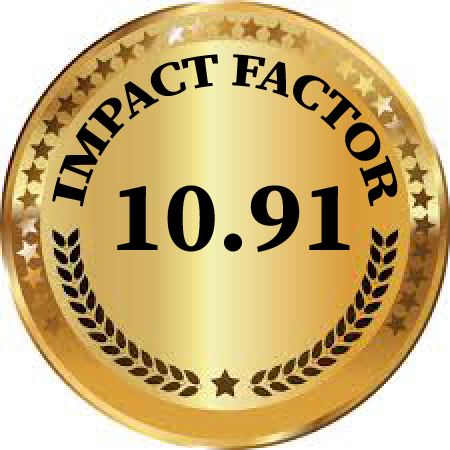THE TERMINOLOGY REPRESENTING HUMAN RESOURCES AND THEIR STUDY
Abstract
The study examines the development and differentiation of key terminology associated with human resources within academic and practical contexts. Specific attention is devoted to the conceptual divergence of terms such as "labor resources," "human resources," and "human capital," alongside their roles in economic and management frameworks. The analysis includes the progression of theoretical perspectives, the emergence of resource-based management models, and the evolution of strategic approaches to human resource management. Through a critical review of the Michigan and Harvard models, the article identifies distinct methodological paradigms, emphasizing the integration of social, intellectual, and economic components within the human resource system.
References
1. Armstrong, M. A Handbook of Human Resource Management Practice. London: Kogan Page, 2006.
2. Ulrich, D. Human Resource Champions: The Next Agenda for Adding Value and Delivering Results. Boston: Harvard Business Review Press, 1997.
3. Becker, G. Human Capital: A Theoretical and Empirical Analysis, with Special Reference to Education. Chicago: University of Chicago Press, 1993.
4. Fombrun, C., Tichy, N., & Devanna, M. Strategic Human Resource Management. New York: Wiley, 1984.
5. Schultz, T. Investment in Human Capital: The Role of Education and Research. New York: Free Press, 1971.
6. Delery, J., & Doty, D. "Modes of Theorizing in Strategic Human Resource Management: Tests of Universalistic, Contingency, and Configurational Performance Predictions." Academy of Management Journal, 1996, 39(4), 802–835.
7. Wright, P., & McMahan, G. "Theoretical Perspectives for Strategic Human Resource Management." Journal of Management, 1992, 18(2), 295–320.
8. Pfeffer, J. Competitive Advantage Through People: Unleashing the Power of the Workforce. Boston: Harvard Business School Press, 1994.
9. Cascio, W. Managing Human Resources: Productivity, Quality of Work Life, Profits. New York: McGraw-Hill, 2006.
10. Lepak, D., & Snell, S. "The Human Resource Architecture: Toward a Theory of Human Capital Allocation and Development." Academy of Management Review, 1999, 24(1), 31–48.
11. Boxall, P., & Purcell, J. Strategy and Human Resource Management. London: Palgrave Macmillan, 2016.
12. Brewster, C. "The Integration of Human Resource Management and Corporate Strategy." The International Journal of Human Resource Management, 1999, 10(6), 951–963.
13. Kramar, R. "Beyond Strategic Human Resource Management: Is Sustainable Human Resource Management the Next Approach?" The International Journal of Human Resource Management, 2014, 25(8), 1069–1089.
14. Storey, J. Human Resource Management: A Critical Text. London: Routledge, 1995.
15. Barney, J. "Firm Resources and Sustained Competitive Advantage." Journal of Management, 1991, 17(1), 99–120.






















